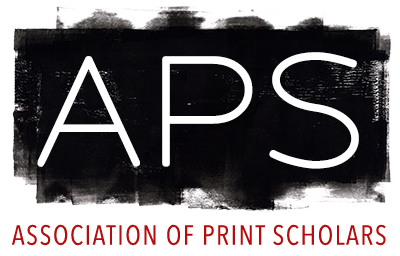Back to News
The Chiaroscuro Woodcut in Renaissance Italy
National Gallery of Art,
Washington,
DC, United States.
10/14/2018-
01/20/2019.
Chiaroscuro woodcuts—color prints made from the successive printing of multiple blocks—flourished in 16th-century Italy, interpreting designs by leading masters such as Raphael, Parmigianino, and Titian, while boasting extraordinary craft and their own, often striking palette. However, they remain among the least understood phenomena: exactly how were chiaroscuros created, in what sequence were they printed, and why? Based upon the most beautiful impressions in American and British collections, extensive new research, and far-reaching interpretations, this exhibition explains the chiaroscuro woodcut as an essential phenomenon, and one of the most beautiful, in the history of printmaking.
The exhibition is conceived and organized by Naoko Takahatake, curator of prints and drawings at the Los Angeles County Museum of Art. Her research began at the National Gallery of Art, Washington, as a graduate curatorial intern in 2006 and as Andrew W. Mellon Curatorial Fellow (2008–2010). The exhibition is coordinated in Washington by Jonathan Bober, Andrew W. Mellon Senior Curator of Prints and Drawings, National Gallery of Art.
Other venues: Los Angeles County Museum of Art, May 15–September 16, 2018
[ssba]

Leave a Reply
You must be logged in to post a comment.